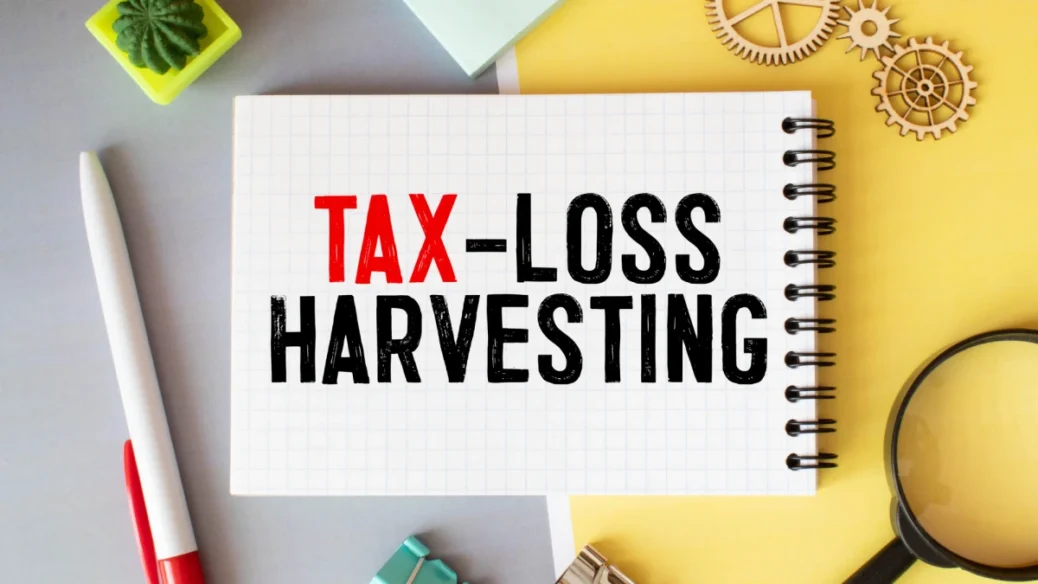
The Benefits of Tax Loss Harvesting – A Guide to Offset Capital Gains With Losses
Tax loss harvesting (TLH) offers many potential advantages, from upfront tax savings to creating additional capital over time. But this process is complex and needs an expert strategy for successful implementation.
Investors holding assets in taxable accounts can use capital losses to offset capital gains and up to $3,000 of ordinary income, helping lower their taxes while rebalancing their portfolios. The IRS allows investors to realize investment losses so as to take advantage of potential tax savings while simultaneously balancing out their portfolios.
Boost Your Tax Savings
The IRS taxes investment gains, both short-term and long-term, according to your marginal tax rate. By selling investments that have declined in value, losses can offset gains which will then be deducted from income. Furthermore, if losses outnumber gains for any given year you could deduct up to $3,000 of losses from taxes!
Ideal, when selling at a loss, should be to replace them with similar investments that fit within your asset allocation and risk profile. But you must also comply with the Wash-Sale Rule by not buying any securities that are “substantially identical” within 30 days before and after selling such as those found here.
Tax loss harvesting offers its greatest advantage to investors in higher tax brackets who can minimize taxable investment gains to save more through this strategy. If you want to maximize its benefits, work with a financial advisor for physicians that incorporates tax loss harvesting as part of their overall investing strategy.
Increase Your Portfolio’s Growth Potential
Tax loss harvesting offers numerous advantages for investors, including increasing growth potential by decreasing capital gains taxes that you owe. Capital gains taxes range from 0%-37%; by offsetting gains with losses you can lower these tax payments and reinvested any savings back into your portfolio.
The IRS allows investors to offset short-term and long-term gains with capital losses, so performing regular reviews of your portfolio is crucial to identify opportunities for harvesting them. It is also vital that you understand its tax ramifications as well as any changes in market conditions or regulations which might arise over time.
Tax-loss harvesting shouldn’t be used to reap any gains for investments held in your 401(k) or IRA accounts; as they already offer some protection from tax. But it could prove invaluable for investments held in taxable accounts that contain appreciated assets and would stand to gain from future legislative changes that reduce long-term capital gains tax rates.
Reduce Your Taxes Today
When selling securities with profits for a profit in either a taxable account or investment partnership, the IRS taxes them at your regular ordinary income tax rate. While that might seem unfair, you can reduce capital gains taxes by investing in securities with losses (and reinvesting them).
Robo-advisors like Betterment and Wealthfront provide automated services that use algorithms to sell off underperforming investments regularly in order to reap capital losses that investors might otherwise not notice themselves. In this way, these robo-advisors allow investors to reap capital losses that otherwise may go undetected by themselves.
Tax loss harvesting offers numerous advantages to investors of all stripes, but those in higher tax brackets may find it particularly helpful as it helps offset future capital gains while carrying forward losses can further lower taxes.
Reinvest Your Tax Savings
Tax loss harvesting offers you an exceptional way to reinvest the funds that would have gone toward taxes into investments that can grow even further over time. Reinvesting just $1,200 yearly could generate $14,400 thanks to compound interest.
However, you should keep several factors in mind when harvesting tax losses. First is your tax bracket; individuals in higher tax brackets could find significant tax savings through this strategy. Furthermore, harvest losses cannot be used to offset gains in retirement accounts such as 401(k)s and IRAs and you must consider the wash-sale rule which prohibits you from realizing losses if you sell and buy “substantially identical” securities within 30 days. All these considerations make tax loss harvesting more complex than simply rebalancing your portfolio; therefore it’s wise to work with an experienced financial advisor who understands these strategies so you can implement it successfully.



